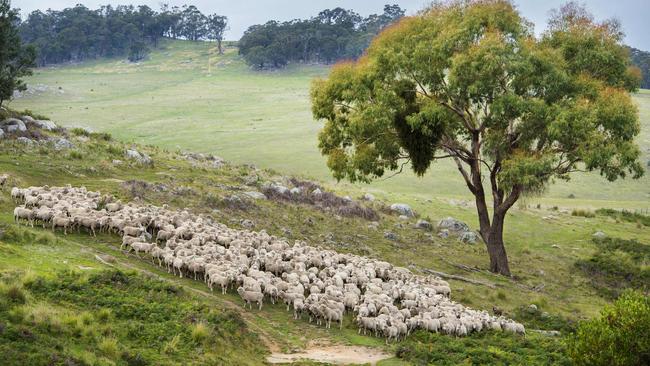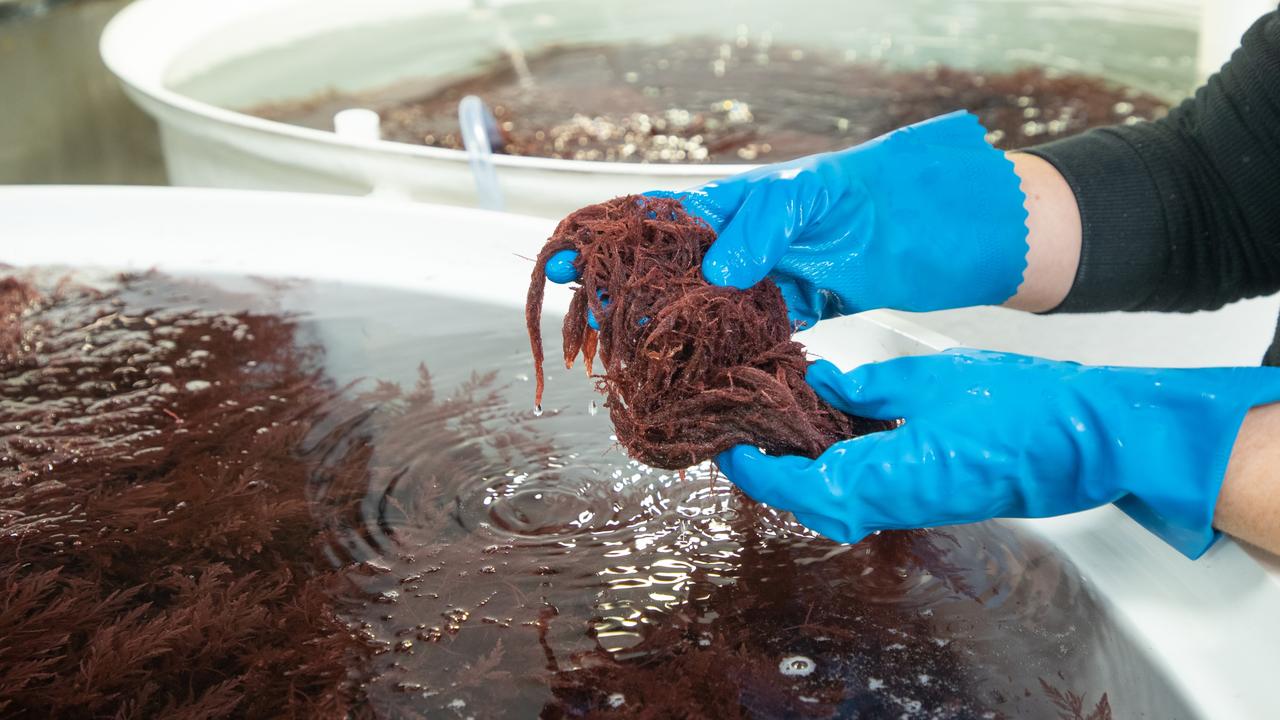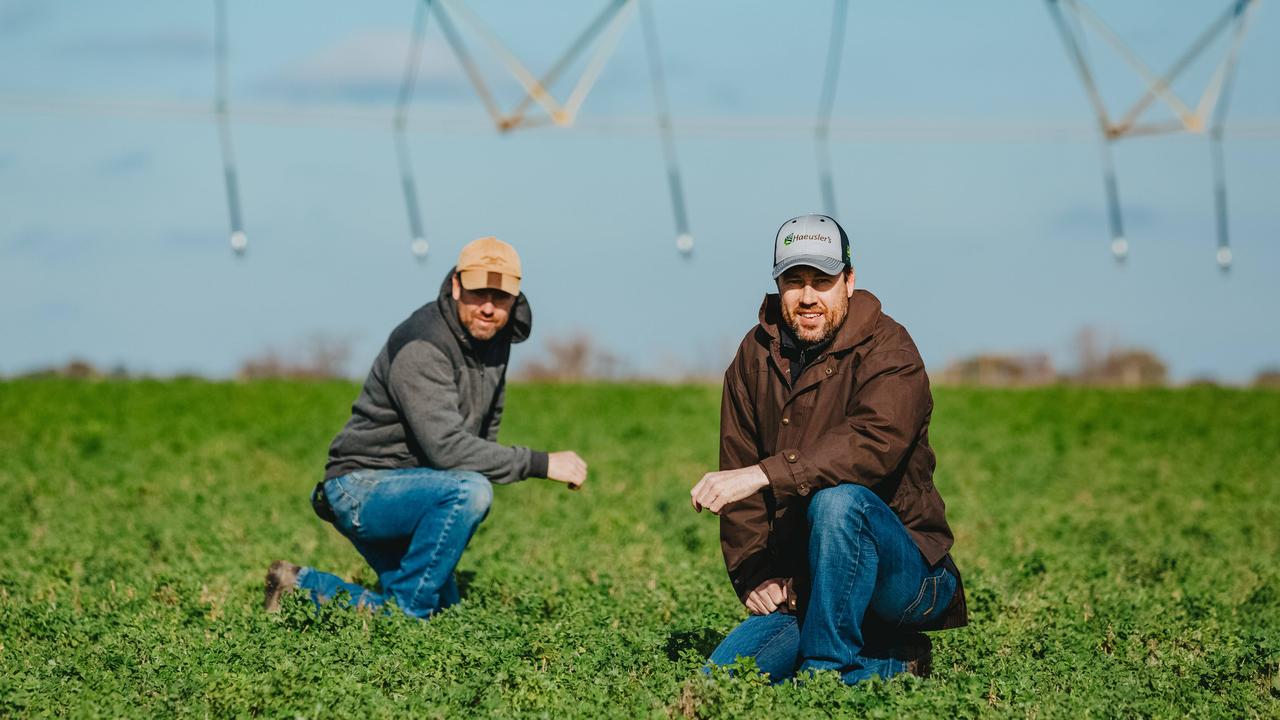What Victoria’s mulesing pain-relief law means for sheep owners
Weigh up the costs and benefits of mulesing pain-relief products, to comply with Victoria’s new animal welfare regulations.

NEW legislation in Victoria aims to take the pain out of one of the most polarising animal health practices in agriculture.
Mulesing has long been in the firing line from animal activists, with the process, which involves cutting skin from around the breach area of sheep, perceived to be cruel. Since July 1, pain relief is mandatory in Victoria for flocks where mulesing is conducted.
TAKE THE LEAD
The Victorian Farmers Federation led the way on this and should be commended for tackling the issue head on.
The organisation’s partnership with the Victorian Government has resulted in pain relief being mandatory at mulesing under Regulation 8(2) of the new Prevention of Cruelty to Animals Regulations 2019.
WHAT QUALIFIES AS MULESING?
Mulesing is defined as “the removal of skin from the breech or tail of a sheep using mulesing shears”.
If there is less wrinkle, there is less chance of faeces and urine being caught in this area, and it makes it less likely flies will attack.
What is interesting is that nonsurgical approaches are not classed as mulesing. Management practices such as clips, intra-dermal injections of chemicals or liquid nitrogen, which can deliver similar outcomes, are not included in the list for mandatory pain relief. Many would maintain that even these practices cause stress and pain to sheep and pain relief could be considered.
An estimated 90 per cent of Victorian sheep producers are already using pain relief at mulesing, so the new regulation is not expected to cause much angst.
The type of pain relief used, however, could determine the benefits.
LOCAL HERO
There are three pain-relief products on the market at moment, falling into two groups – local anaesthetics and non-steroidal anti-inflammatory drugs, or NSAIDs.
The best known is Tri-Solfen, a local anaesthetic that includes lignocaine and bupivacaine.
It is easy to apply with a fan spray applicator and provides immediate relief for the animal. It can also be bought over the counter.
Anyone who has ever had a tooth out or another minor procedure will know that when local anaesthetic wears off, the pain returns.
Producers who use Tri-Solfen often see lambs walk out of the yards after mulesing looking fine, but after a few hours they lie down and that could be due to local anaesthetic wearing off. Other producers report they have witnessed no issues and the lambs bounce back well.
VETTING THE PROCESS
The other class of drug that can be used for pain relief is the NSAID meloxicam, marketed as Buccalgesic or Metacam 20. This needs to be bought from a vet, but don’t let that put you off.
The major benefit of using a NSAID is that the pain relief is long lasting because it reduces local inflammation, with some manufacturers claiming benefits can be seen for a week or more.
The two NSAIDs approved for use by the APVMA contain the same active chemical but are administered differently.
Buccalgesic is given orally inside a lamb’s cheek. The chemical must make contact with the cheek for several seconds.
Administering this correctly can be difficult, given the need to handle lambs quickly during the marking and mulesing process.
Metacam is administered under the skin, which manufacturers claim gives greater effectiveness.
Logistics will come into play when choosing a product – NSAIDs produce best results if given about 20 minutes before mulesing, but they are still useful at the time of the procedure. Cost may also be a factor.
PROOF, PROOF, PROOF
Whatever method you choose, keep a record of what you have used, including receipts, batch number and the expiry date of all products used.
If you have ever ticked the box about the use of pain relief in an accreditation program for wool or meat, auditors will want to see this information.
Many farm software packages can store the information, but it can be as simple as creating a spreadsheet, writing it in a book or sticking the ends of the cartons in a book with the date of administration.
From July 1 in Victoria, you could be hit with a fine of $496 for not using pain relief at mulesing, but if the matter is taken to court, that fine could be more than $3300.
An Agriculture Victoria spokeswoman said the department’s animal health and welfare officers were authorised to enforce these new regulations and would assess each situation.
NO PAIN, ALL GAIN
When you are thinking about what method to use, don’t only think of the expense. Think about preventing any losses in productivity from the mulesing process. Think about lambs that will mother up and get back to normal more quickly.
The gold standard could be to use both a local anaesthetic and a NSAID. Many will consider this over the top but if you want to sell your sheep, wool or meat with a high welfare standard, it could be an option.
MORE
RENEWED PUSH FOR MULESING PAIN RELIEF IN NSW


